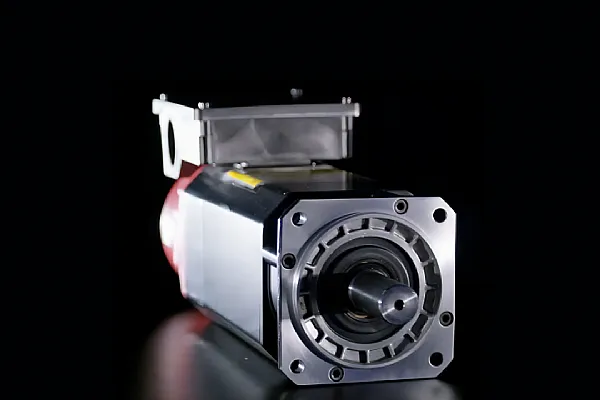1. Take a Look First, Don't Rush
The first thing you do when you disassemble a motor is to look at it with your eyes. Where to look?
* Shell is not cracked, burnt, paint loss.
* The plug is not burned, the pin is crooked, poor contact.
* Cable has not broken skin.
* Hand turn the shaft, turn smoothly or not, there is no bite or clicking sound.
There are some problems that you can tell at a glance that there is something wrong.
2. Measure Winding Resistance
Three motor wires, U, V, W, against each other:
* U-V, V-W, W-U. The three resistances should be about the same.
* If any one of the three resistances is particularly high, or if there is a direct circuit break, the winding may be burned.
Note: Winding resistance is usually small, use a multimeter to see the slight difference in milliohm level.
3. Measuring Insulation Resistance
This step is done with a rocking meter (megohmmeter):
* Measure the insulation resistance between the three power wires of the motor and the ground case.
* Generally speaking, a few tens of megohms or more is normal.
* If the insulation resistance is lower than 1 megohm, it is not good, it may be water ingress or internal short circuit.
4. Encoder Signal Check
When the motor does not spin, or when the CNC alarms go off, often it is not the motor windings that are bad, but the encoder that is the problem.
You can:
* Use an encoder tester or oscilloscope to see if the feedback signal is messed up.
* If you don't have the equipment, you can also connect it to the system to see if there is any alarm related to the encoder.
If the encoder is bad, the motor looks good, but in fact, it is also a waste.
5. Test It on a Test Bench
We have a special Fanuc test platform, you can simulate the actual load, so that the motor "real spin up”.
The problems that can be seen include:
* with the load running jittery, enough force.
* Encoder feedback is chaotic or not.
* How fast the temperature rises.
* Is there any abnormal noise.
Some hidden problems, such as demagnetization, bearing bite, not run the program, by eye and shaking table measurement can not be found.
Whether to Repair or Replace, Read It and You Will Have a Number
After the motor problem is clarified, you can basically judge it:
Can be repaired in the case:
* Encoder signals are messed up but the body is not burnt.
* Bearing rattles or slightly jams.
* The winding insulation is slightly bad but the coil is not burnt out.
Conditions that should be replaced:
* Winding blackened, burned out.
* Encoder chip cracked, broken wire.
* Shaft badly deformed, impacted.
Certainly something to consider:
* The price of repair vs. how much the new motor costs.
* New parts arrival cycle.
* Can the production line wait.
Sometimes it's more than half as cheap to fix as it is to replace, and it will last just as long for a few years after the repair.
What Can Songwei Do?
We have been doing Fanuc motor repair for many years, we can test, repair and replace parts, our main services include:
* Dynamic testing, whole machine testing.
* Encoder calibration, replacement.
* Bearing replacement, dynamic balancing.
* Winding repair, whole machine dust and moisture.
* Full-function running test before delivery.
Motor repair is not directly sent, is first on the test bench to run a round, run well before we pack and ship. The test report will also be attached, clear.
